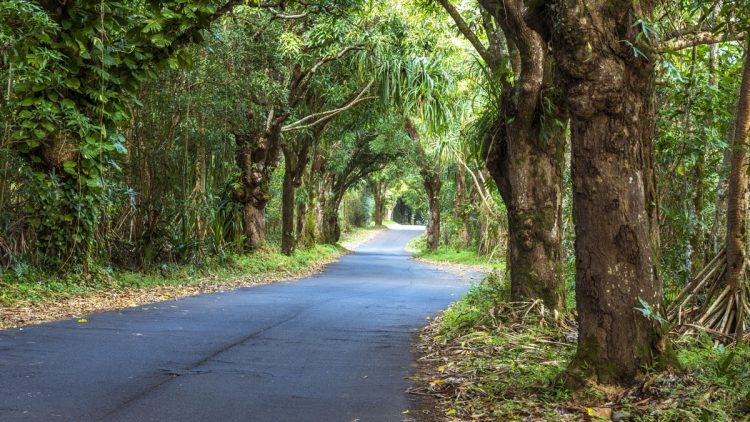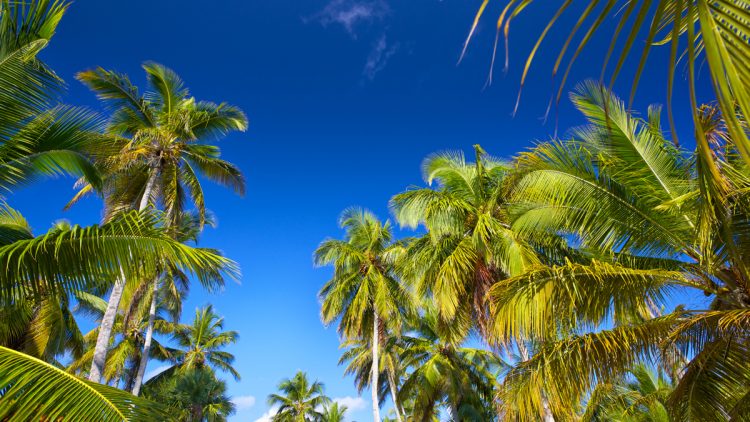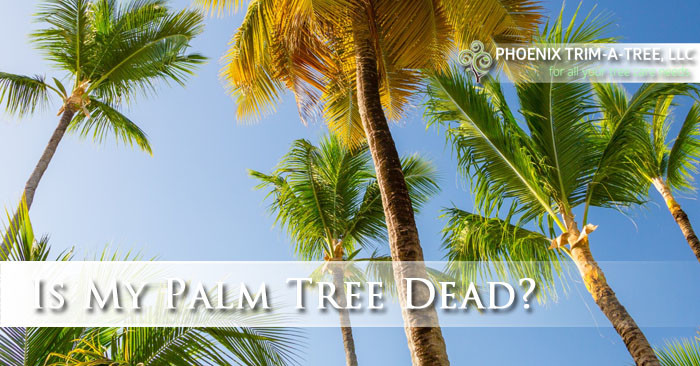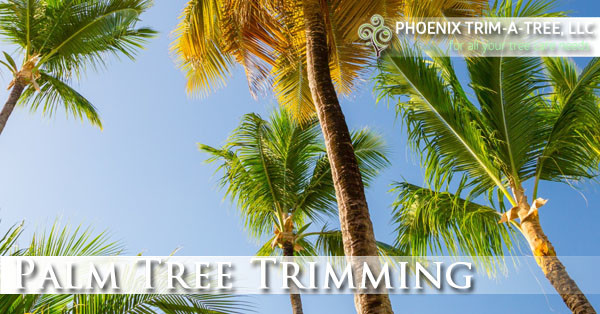Tree Removal Costs 2021
TREE REMOVAL COSTS 2021
GET A FREE ESTIMATE TODAY!
The average tree removal cost is about $825. The cost to remove a tree ranged from $150 to $1500 for the US in 2021 according to multiple sources such as TreeRemoval and others. Other types of tree services will be extra. HomeGuide states a similar price range with a national average of $715 for tree removal with average prices ranging from $100 to $1800. Read on to learn more.
AVERAGE COST OF TREE REMOVAL
The average cost of tree removal is about $825 with average prices ranging from $150 to $1500 for the US in 2021 according to multiple sources.
Average tree removal cost: $150 -$1500
Average stump removal cost: $60-$350
Average stump grinding cost: $75-$1000
Small Tree Removal Up to 25 feet: $150-$500
Medium Tree Removal 25 feet to 75 feet: $200-$1000
Large Tree Removal 75 feet or higher: $1500+
Fallen Tree Removal Cost: $75-$150
Oak Tree Removal Cost: $200-$1000
Pine Tree Removal Cost: $200-$1500
Tree Branch Removal Cost: $200-$300
LARGE TREE REMOVAL COST: $1500
On average, large tree removal costs about $1,500, with average prices ranging from $1,000 to $2,000 according to HomeAdvisor. There isn’t a realistic way for a person to remove large trees from their property. You don’t want to do this on your own. One thing to be aware of is that its expensive. The overall cost is based on various factors. If the workers have to climb high and rope down a lot of pieces before felling the tree, the bill will be high. You may end up paying more than $1500 for that service. Some companies may throw in extra services for free, but many companies won’t.
MEDIUM TREE REMOVAL COST: $630
On average, the cost of medium tree removal is $630. Trees Between 25 and 75 ft tall – Trees that are between 25 feet tall and 75 feet tall cost between $210 and $1,050 depending on the location and type of tree.
SMALL TREE REMOVAL COST: $327.50
On average, the cost of small tree removal is $327.50. Trees Under 25 ft tall – A tree that is under 25 ft tall will cost between $145 and $510 depending on the location and type of tree.
FALLEN TREE REMOVAL COST: $75-$150
The cost to remove a fallen tree is about $150, with average prices ranging between $75-$225. If a tree falls on your property, you may want to clear it away as soon as possible. Although it isn’t as risky as removing a healthy tree, it still has a lot of equipment needs and can cause injuries if not careful. The total price will depend on if you have it hauled away or just chipped/cut up.
OAK TREE REMOVAL COST: $200-$1000
Oak is a very strong and tough wood. Tree removal for oak is often charged a premium to remove it. They are also quite tall. The average height for a healthy oak tree is 60 feet. On average, oak tree removal costs about $600, with prices ranging from $200 to $1,000 according to HomeAdvisor. Because it is a solid thick wood, the total price is going to be towards the higher end. Ensure that you have a good reason to have it removed before spending a lot of money.
PINE TREE REMOVAL COST: $200-$1500
There are various types of pine out there, but the average height for a pine tree is between 40-60 feet. Some varieties may hit 80 feet tall. The total amount you will spend is based on how large the tree is. You may end up paying $200 to remove a smaller pine tree and more than $1500 for a larger, taller pine. The average pine tree removal cost is around $850. This is why it is important to get several removal quotes.
TREE BRANCH REMOVAL COST: $200-$300
If you only have to remove a few branches because they are interfering with a power line, call your local utility company. They should fix the issue for free. If you need the branches removed for other reasons, you need to have a tree service remove them. If the branches are small you can do it yourself. If you need to hire a professional, you can be charged an hourly rate. Many companies will charge between around $250 for tree branch removal with costs ranging from $200-$300. If you have a lot of branches to be cut, it could get expensive.
TREE STUMP REMOVAL & GRINDING COSTS: $60-$350
The average stump removal cost is about $205. Stump removal costs range from $60-$350 per stump. On average stump grinding costs range from $75-$1000 according to TreeRemoval.com. Removing stump costs are different based on various things. The cost to remove stumps will depend on if you can do it yourself or hire a professional, as well as other factors. Learning about the costs that are associated with removing the stump, can help you to avoid unwanted surprises. Learn more about Stump Removal & Grinding Costs.
PALM TREE REMOVAL COST $200-$500
The average cost of palm tree removal is $350. Palm tree removal costs ranged from $200 to $500 in the US for 2021. However, palm tree removal prices can go as low as $150 or as high as $1,500 depending on several cost factors including size, location, and more according to Phoenix Trim a Tree. Learn more about palm tree removal costs.
HOW MUCH DOES TREE REMOVAL COST IN PHOENIX, ARIZONA?
On average the cost of tree removal in Phoenix is about $429; with costs ranging from $150 to $900 in 2021 according to TreeRemoval.com. This estimate includes the cost for neighboring cities such as Scottsdale, Tempe, Chandler, Glendale, Surprise, Sun City, Mesa, and other areas in the Maricopa County area.
TREE TRIMMING AND REMOVAL SERVICES PHOENIX
Phoenix Trim-A-Tree offers tree removal and trimming services in Phoenix, Arizona as well as Scottsdale, Mesa, Tempe or Chandler, contact us today!






